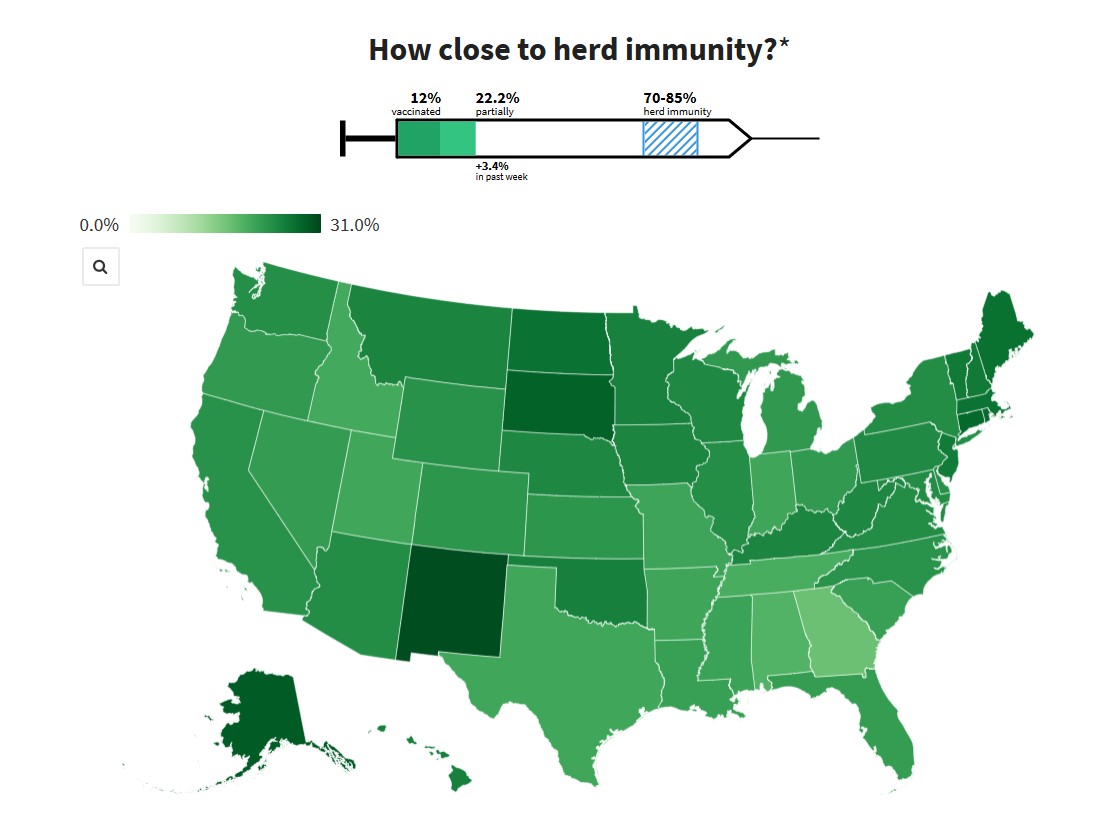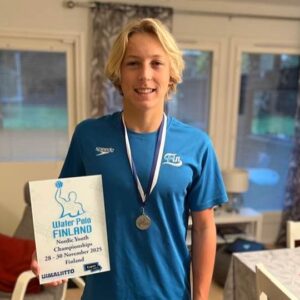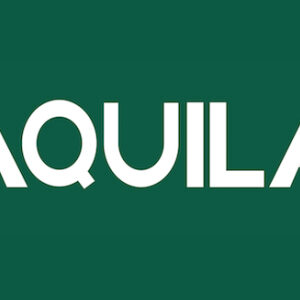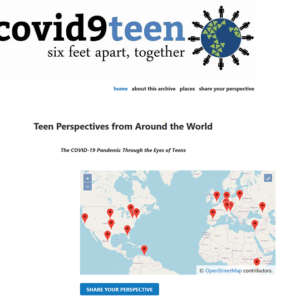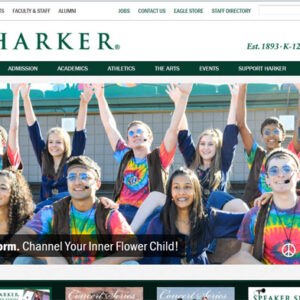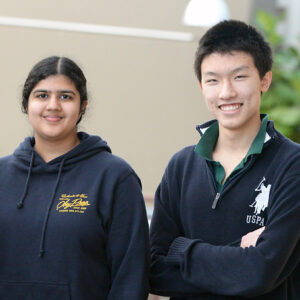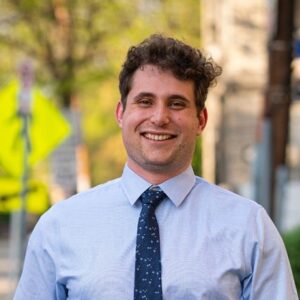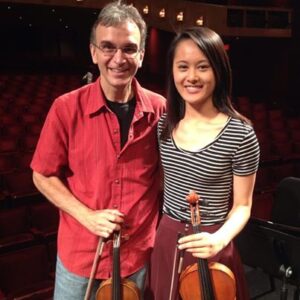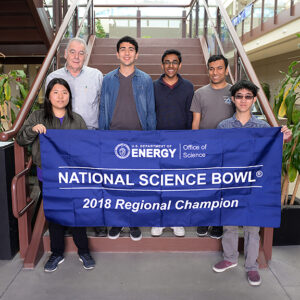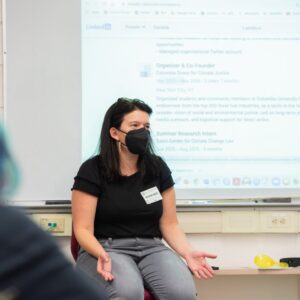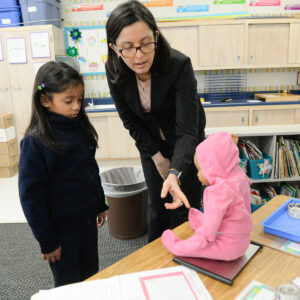Earlier this month, a group of Harker seniors published a website that tracks the rate of COVID-19 vaccination in the United States and the country’s progress toward herd immunity. Created with the feedback of Harker science teachers and epidemiology professors from Stanford University, the website provides a way for the public to monitor the progress of vaccinations in every state, including the percentage of people who’ve received their first and second vaccine doses and the percentage of each state’s doses used.
“In December, as stay-at-home learning dragged on, I found myself wistfully checking the news for updates on vaccines,” said senior Jason Lin, one of the students involved with creating the website. “I was looking for an easy-to-use platform that displays national and state vaccinations and progress to herd immunity. But to our surprise, I couldn’t find any. So I reached out to a few friends, and we got started.”
Lin was joined by a few fellow seniors for the project. “Bowen Yin built the website with his incredible coding finesse; Sara Yen verified data and reached out to professors for input with her journalism skills. Later, we added Claire Luo, who is working on publicizing the site, and Helen Li, who is helping us upscale and add more resources to the site,” said Lin. “We’re hoping that in the future, we might even help people find where to get vaccinated.”
Data for the website was sourced from organizations including the CDC, and experts knowledgeable in public health were consulted to ensure accuracy. Professors from Stanford offered their insight on how to display the progress toward herd immunity as well as how to factor in natural immunity. Biology teacher Mike Pistacchi and math teacher Bune Bloomquist were consulted to resolves issues pertaining to data.
The creators aimed to make the user experience simple and represent the data as accurately as possible. “The fundamental purpose of this site is to allow anyone to keep tabs on the vaccination situation,” said Lin. “We’re now in a stage where we’ve built something we’re proud of, and we want to let as many people as possible know it exists as an accessible resource.”
